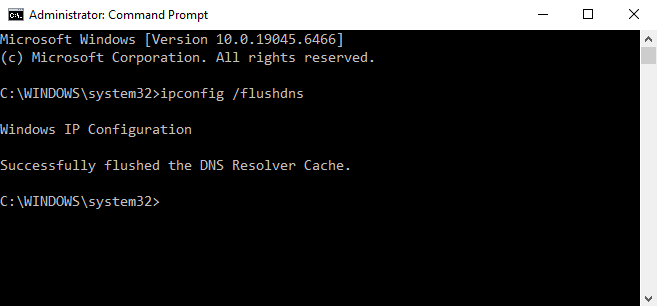Caching works by storing items in a temporary location to access them more easily later.
In modern days and age, speed is of utmost importance when it comes to providing users with the best online experience.
Research shows that a page load delay of just 0.5 seconds in Google search can result in a 20% drop in traffic.
When a user visits a website for the first time, all data associated with it needs to be retrieved which can be slow.
The data is then stored in fast-access hardware such as RAM (Random-access memory) to increase data retrieval performance
by reducing the need to make another storage round-trip.
Different types of caching
Memory caching
Memory caching uses a system’s RAM (Random-access memory) to save regularly used data in the principal memory of a computer for rapid retrieval.
Accessing data from memory is significantly faster than reading from a disk because RAM has much lower latency than a slower storage system like a solid-state drive.
Faster data retrieval speed and improved system responsiveness resulting from memory caching lead to a better user experience.
Browser caching
When a browser delivers web pages to viewers, much of the latency involved with retrieving data such as images, html documents, video, etc.
The load time can be greatly reduced by caching the data on the user's computer.
Browser data is stored in random access memory (RAM) or on a local drive.
Next time a user visits the site, the browser pulls data from the cache assuming nothing has changed. Any files that have changed are downloaded again,
replacing the existing copy in the cache. Browser caches can be manually emptied or are automatically emptied once full.
DNS caching
If you have an IP address that constantly changes like most people, then the mapping changes from time to time.
When you visit a website, you computer does not query the domain's authoritative name servers every time,
instead it holds a record of the DNS entries and updates it only every few days. This is called DNS cache.
How to clear cache?
Clear computer cache
You can clear system and temporary files by using the Windows Disk Cleanup tool or
by navigating to and deleting files from the temp and %temp% folders through the Run dialog box.
Clear browser cache
Google Chrome: Click the
three vertical dots
in the upper-right corner, select
Delete browsing data
Check the box for
Cached images and files, then click
Delete data
Microsoft Edge:
Click the
three dots
in the upper-right corner and select
Settings
Click
Privacy, search and services
in the bar and select a time range, check
Cached images and files,
then click
Clear now
Flush DNS cache
Windows: Open the command prompt and run the following commands
ipconfig /flushdns
ipconfig /registerdns
ipconfig /release
ipconfig /renew
netsh winsock reset

Mac OS: Navigate to Applications -> Utilities -> Terminal and run the following commands
sudo dscacheutil -flushcache; sudo killall -HUP mDNSResponder